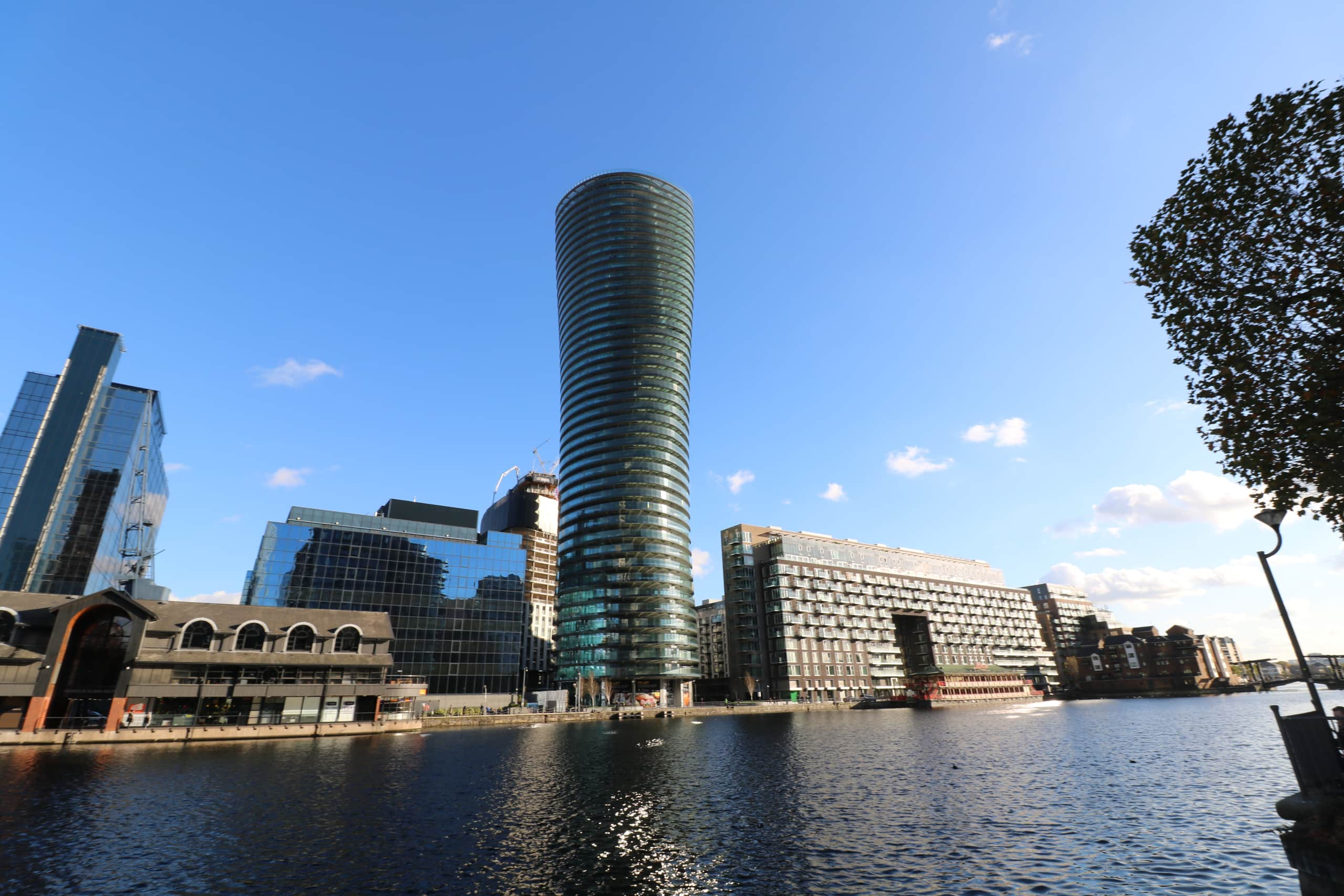Supply Chain Collaboration with Tony Ball
We are no doubt all aware by now the unprecedented times we experienced in 2020 and the differences it made to our lives and work. This is also true for the construction industry and particularly the experiences of the supply chain within it. As we move into the future, we must face one fundamental issue – supply chain collaboration isn’t what it used to be. Contractors and clients alike are realising that they didn’t have as close a relationship with the supply chain as they thought they had in terms of product availability, material supply and labour.
Therefore, companies in the construction industry are now asking themselves questions of their own resilience to be able to cope with situations like the COVID-19 pandemic. We are seeing a refocusing of how they can integrate the supply chain into their business as a whole to create a future-proof business.
Creating resilience in the supply chain
For those businesses who wish to flex their resilience muscles, creating a good solid supply chain means engaging the right parties at the right time in the process. Too often the supply chain is engaged too late, after the design has been finalised and tenders have gone out. The efficiencies and innovation that the manufacturers could bring to the table are then too late to be incorporated to make any difference to the end-product.
Good supply chain engagement is early and collaborative, so it can have a positive influence on a clear, efficient and robust design that only then goes out to tender. The problem is, this usually only happens when construction has started onsite and it is either too late or too costly to change. Starting at the design stage eliminates problems and increases efficiency.
Another issue is that a number of contractors and developers see a risk in early engagement as they don’t want to be tied down to a particular product so early. So can a balance be struck?
Actually, there is a huge benefit of early engagement to reduce risk. We shouldn’t forget that designers and architects have to design around products and systems. The perfect balance is to have a supply chain collaboration influencing design to get the best out of a chosen product. This can be achieved by creating a pool of approved suppliers that you have service level arrangements or agreed price structures.
Collaboration making a difference
There are many examples of supply chain collaboration making a difference, and having significant financial benefits for the client. One of my experiences was on the design for one of London’s largest residential towers.
The structural engineers designed the structure with the concrete core and lifts in the middle. The design parameters of the core were calculated in terms of the stresses that were on it and the engineers determined the strength of concrete needed for sufficient rigidity. As well as the proposed mix being very expensive, it was challenging to deal with such a high-performance concrete and it created some complex issues in terms of pumping it into position. A concrete supplier was brought in to review the mix and design criteria alongside the engineer. Their calculations, as well as more research and testing, resulted in the strength of the concrete mix being reduced with the same strength being achieved, saving around half a million pounds. The supply chain input was the key to saving money.
After the Hackitt Report, we need to ensure we are creating safe buildings with good design principles, and tackling bad procurement practices embedded in the culture of construction and procurement. The ingrained mindset we’ve seen in the past has been putting the main focus on achieving the lowest cost possible. We need to experience a behaviour shift to realise the benefits that can be gained. This doesn’t do away with competitive tension if you collaborate with the supply chain early – all that can be managed so you still obtain a competitive price.
Value Toolkit
C3 Alliance are an active member of BRE Constructing Excellence and are working to deliver the Construction Innovation Hub Value Toolkit to go out to industry next year. The Value Toolkit is a suite of tools and processes created by the Construction Innovation Hub and its network of partners. This unique collaborative initiative brings together leaders and experts from across industry and Government. It has been developed to drive better decision making, support the path to Net Zero, boost productivity and resilience, and deliver higher quality buildings. Value-based decisions that ensure our buildings and infrastructure are delivering better outcomes for the economy, society and the environment. The Toolkit contains three core modules: Value Define Definition. Client & Market Approach and Evolution & Management.
Successful relationships with the supply chain start with a structured approach, strong communication and an understanding of the value that each supply chain member can bring. The influence on where efficiencies can be made is limitless and as we go deeper into the new digital era we mustn’t forget the important basics of talking to each other.
This article is based on an interview with Tony Ball, Managing Director at C3 Alliance.
